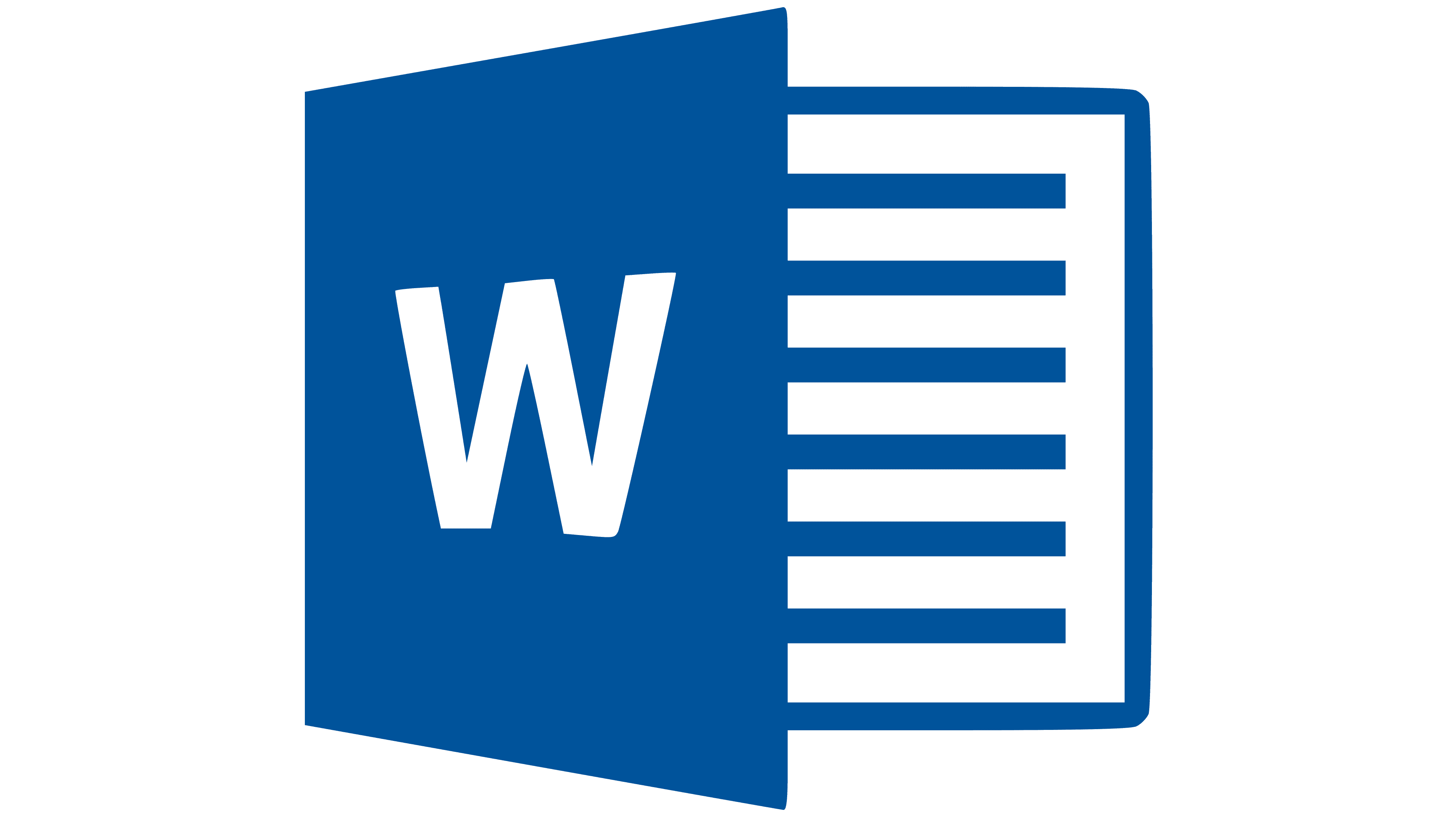Approach of Transect Quadrant Methodology for Assessing Coral Coverage and Biodiversity in Ghost Bay, Amed, Bali
DOI:
https://doi.org/10.55381/isra.v2i2.269Keywords:
Amed Ghost Bay; Coral Quality;Diversity; Coral Growth Areas; Transect Quadran MethodAbstract
Amed, Ghost Bay, Bali, is a coral growth area that is potentially experiencing a decline in coral quality and diversity due to high human ecotourism activities and other maritime economic factors such as beach reclamation, resort construction, and the opening of new dive centers.
Due to the high level of pressure that can cause damage to coral growth areas, efforts are needed to expand the coral reef area. One such effort is coral transplantation.
This study aims to determine the impact of changes in coral coverage and the increase in marine biodiversity in the waters of Amed, Ghost Bay, Bali. The coral transplantation method has been used to accelerate interventions for coral quality improvement since 2022.
The coral transplantation activities involve local stakeholders and other institutions such as PT Bio Farma (Persero), IBF, UDAYANA Nature Lovers Students, and Amed Dive Center. The method used is the transect quadrant method. Transects are laid out, and quadrants are placed at each meter. Observations are then made using a visual camera to determine substrate coverage. Meanwhile, biodiversity data for marine commodities are analyzed through a visual census of each fish and invertebrate around the coral structures.
Downloads
References
Dahuri, R. 2001. Pengelolaan Sumberdaya Wilayah Pesisir dan Lautan Secara Terpadu. PT. Pradnya Paramita. Jakarta.
Dean, A., & Kleine, D. (2011). Terumbu karang dan perubahan iklim. Brisbane, Australia:
University of Queensland.
English, S., C. Wilkinson and V.Baker. 1994. Survey Manual for Tropical Marine Resources. Australian Institute of Marine Science. Townsvile. 368 pp.
Haris, A., Andy Omar, S. B., & Kurniawan, D. (2011). Studi pertumbuhan dan tingkat
kelangsungan hidup karang Goniopora stokesii (Blainville, 1830) menggunakan teknologi biorock. Prosiding Seminar Nasional Perikanan dan Kelautan “Bringing the Better Science for Better Fisheries and the Better Future”, 11-19. Pekanbaru: Fakultas Perikanan dan Ilmu Kelautan, Universitas Riau.
Hourigan, T.F., Timothy, C. Tricas, and E.S. Resee. 1988. Coral reef fishes as indicators of
environmental stress in coral reefs. In: Soule, D. F and Kleppel, D.S (eds.). Marine Organisms as Indicator. Springer- Verlag, New York, 107-133. https://doi.org/10.1007/978-1-4612- 3752-5.
Kurniawan D, Jompa J, Haris A. 2017. Pertumbuhan Tahunan Karang Goniopora stokesi di Perairan Kota Makassar Hubungannya dengan Faktor Cuaca. Jurnal Akuatiklestari. 1(1): 8 – 15.
Nontji, A. 2005. Laut Nusantara. Djambatan. Jakarta. hlm. 126.
Odum, E. P. 1971. Fundamental of Ecology. Gajah Mada University Press. Yogyakarta.
Subhan, B., Madduppa, H., Arafat, D., & Soedharma, D. (2014). Bisakah rehabilitasi karang perbaiki ekosistem terumbu karang? Risalah Kebijakan Pertanian Dan Lingkungan Rumusan Kajian Strategis Bidang Pertanian dan Lingkungan, 1(3), 159-164.
Sukarno, H., M, Moosa dan M.K. Darsono, P. 1981. Terumbu Karang di Indonesia. Sumberdaya Permasalahan dan Pengelolaannya. LON-LIPI, Jakarta.











